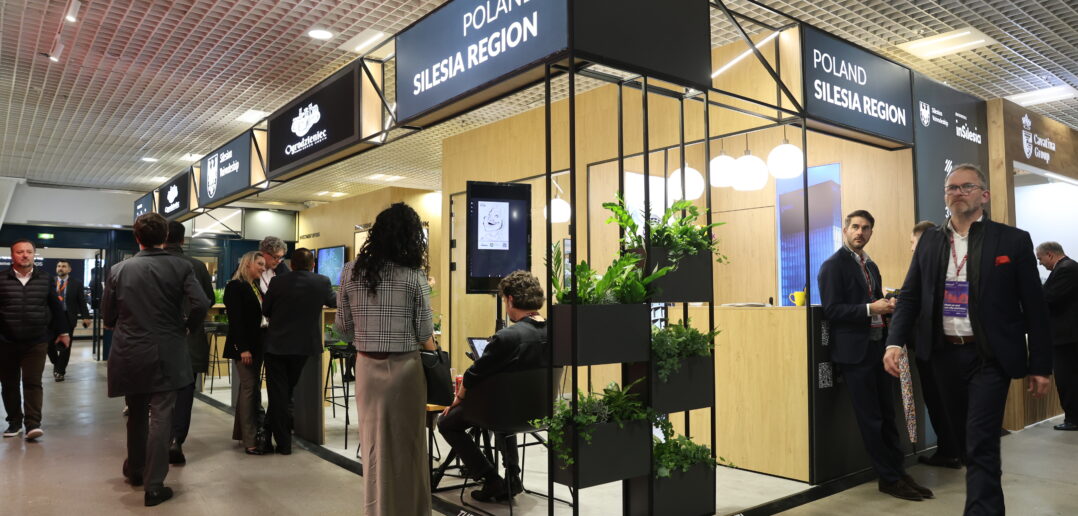At this year’s MIPIM, Poland was represented not just by the traditional stands of the main cities and developers. Polish real estate investments were nominated for MIPIM awards – and they scored successes: the mixed-use Fuzja project in Łódź won the Best Urban Regeneration Project Jury Award. The condition and prospects of Polish real estate sector was also extensively discussed during expert panels, including the panel on investments in the manufacturing and logistics sectors.
The year 2024 showed greater investor activity on the Polish market, and forecasts for 2025 indicate that this trend will continue. However, in the last 2 years, the profile of investors has changed from core / core+ to investors focused more on opportunistic and value-add projects. We noted also increased volume of investments from the CEE region into Polish real estate assets.
However, Poland, especially in the field of manufacturing / production, is also an attractive market for investors interested in sale and lease back transactions. This coincides with the growing interest of European and Asian industrial companies, which see Poland as an attractive area in terms of the costs of purchasing and building industrial facilities, well-educated staff, investment incentives and a friendly approach of the administration. The state aid in\centives offered with respect to the construction or expansion of manufacturing facilities cover not only tax relief but also direct financial contributions to eligible costs of executing projects and job creation. In principle these measures are available not only to the largest investors, but also for projects of smaller scale, depending on the exact location, scope and type of investment. Competition between the CEE states for attracting foreign direct investments is intensifying, and the authorities are looking at different ways of promoting their local markets as attractive investment locations. Although Poland’s regions are ranked at leading positions not just in the CEE, the competition is there, and its participants must stay on top of their game to preserve (or even maybe improve) Poland’s competitive advantage.
The risk factors indicated by investors have remained basically unchanged over the last few years and mainly concern the geopolitical situation and the still high costs of financing. A positive signal is the expected reduction of interest rates in the US and the EU, while the timing and depth of rate cuts will depend on macroeconomic factors, not least inflation. An increase in inflation may be caused by economic conflicts and the imposition of tariffs between the main actors in international trade, which will reverse or stop the positive trend in interest rate reductions. Typically, more than 90% of funds invested in the Polish real estate market are sourced from outside of Poland, therefore the Polish real estate market is truly a part of the global economy and generally benefits (or suffers) from global trends.
Frequently asked questions regarding the Polish legal environment concerned the reform of zoning regulations, which involves the introduction of general plans applicable to entire municipalities. Investors see this as an opportunity to increase the predictability of investment project placement. The current regulations, which provide almost legally unlimited possibilities of issuing individual zoning permits for areas not covered by local master plans, do not provide comfort as to how many similar, competing projects may be created in a given municipality. There are also questions about the capital structure of real estate investments in the context of the announced act on Polish REITs (or more generally in the Polish context: companies investing in real estate generating regular rental income). For foreign players, a larger share of Polish capital deployed on the real estate market would gain in greater liquidity of investments in the area of commercial real estate and allow for diversifying investment strategies. Currently, Poles keep record amounts of savings in bank accounts and cash deposits. These funds could be invested in the Polish economy, so the government is looking for ways to re-animate the stock market and channel the deposits there. To be successful, a mix of new products available to individual investors (such as REITs or ETFs) as well as capital gains tax reform are being considered.



